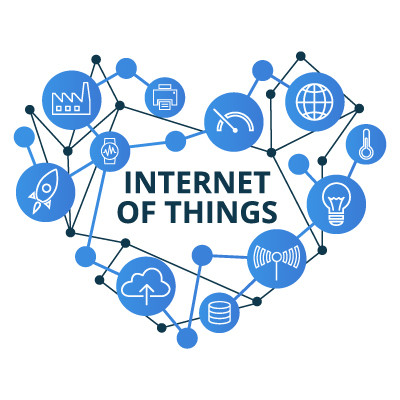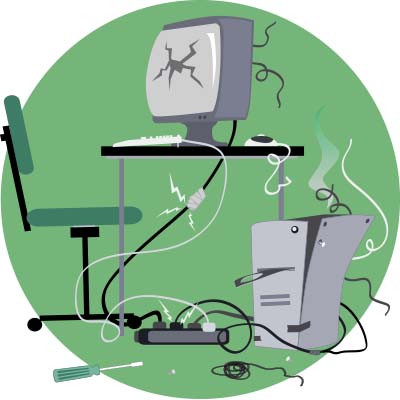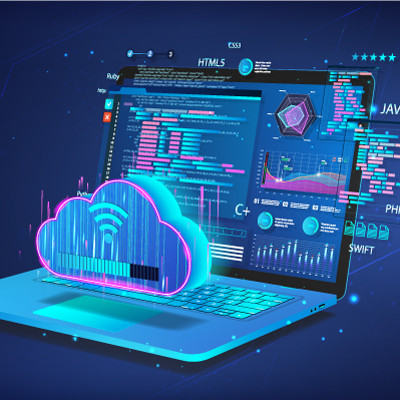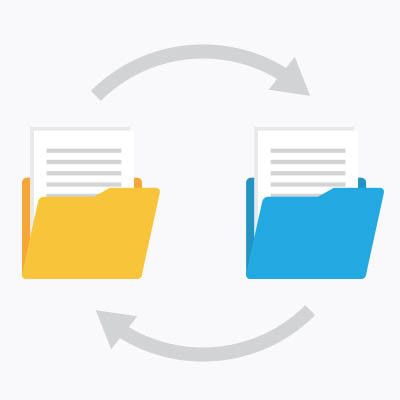Artificial intelligence is invading business IT infrastructure around the world, with chatbots being one of the more commonplace solutions out there. When implemented appropriately, chatbots can act as a cheat code for managing customers, handling inquiries, scheduling appointments, and even marketing your services.. Today, we want to help you get set up with chatbots so you can make better use of your time.
Accucom Blog
Unless you’ve been living completely off the grid, you’ve probably heard of Facebook, Twitter (now X), and Instagram. Most people are on at least one of these platforms—or maybe they’re on TikTok, YouTube, or LinkedIn. Businesses have also relied on these platforms for marketing. But even though these companies are worth billions, people are starting to question whether these platforms can keep going as they are. In this blog, we’ll break down some of the problems with today’s biggest social media platforms and why alternatives might be the future.
The Internet of Things, or IoT, refers to the countless devices connected to the internet today. These include everything from smartwatches to connected thermostats. For businesses, figuring out how to use IoT effectively can feel overwhelming. Not only do you have to think about the new possibilities these devices bring, but you also need to take their security seriously—especially since many IoT devices have little to no built-in protection. Let’s take a look at why IoT matters and how you can use it to be an effective tool for your business.
Blockchain technology is in the zeitgeist, but few people know how to explain it to someone else. They might think that it’s something to do with Bitcoin, to which they would be right, but it’s more broad than that. Today, we want to explore what the blockchain is and some of the ways businesses are using it.
The United Nations is responsible for protecting human rights all over the world, as well as creating more sustainable and climate-friendly policies. With the rise of artificial intelligence being at the forefront of many countries’ technological innovations, it’s natural that AI would be thrust into the crosshairs at some point. The UN hopes to develop guidelines that protect people’s access to and use of AI without allowing it to cause more significant problems.
Network bottlenecks can be a real problem for businesses that depend on significant data transmission as a part of their day-to-day operations. More companies than ever use a lot of different technologies that chew through bandwidth and it can cause their network to move slowly. Let’s go through some of the steps you should take to eliminate these network bottlenecks.
You’ve probably noticed that Google searches are sometimes a little different these days. Depending on what you search for, sometimes Google will attempt to provide an AI-generated answer. A lot of Googlers have noticed that sometimes these answers get a little wacky. What’s going on? Why isn’t Google just taking users to websites like they used to? And what is the impact of all this AI stuff?
Laptops are nothing new for businesses. In fact, some recent laptops have the processing power to eclipse your typical desktop workstation. However, this doesn’t apply to all laptops, as evidenced by the Chromebook. Today, we want to explore the big differences between Chromebooks and your average laptop, as well as how you might choose between one or the other.
In order to survive in today’s business world, your organization needs to be adaptable and flexible to new situations. You might have to take on the persona of a bookkeeper, HR, and other important roles for your business. You can add “IT decision maker” to that list, as 95% of small businesses in the US utilize some kind of computing to keep the business running smoothly.
A good business creates a lot of beneficial relationships. This means contracts and other data that need to be shared and filed away. While this seems like a straightforward issue, technology is available today that any business can take advantage of that can reduce their filing costs and make their file sharing more efficient. Let’s take a look at this technology today.
Data backup is a crucial part of any business operation, but many employees within an organization might not necessarily know or understand how data backup actually works, or even what gets backed up during the process. Today, we want to demystify how data backup typically works and why it’s important to know what gets backed up, and when.
The idea of a four-day workweek—where the common 40-hour week is shortened to 32 with no reduction of benefits or take-home pay—is becoming increasingly popular, boasting improved efficiency and heightened levels of employee satisfaction.
Naturally, as an IT provider, we’re intrigued by the idea of using technology to get the most out of this abbreviated time in the office.
Technology is usually at the forefront of any major shift in a business’ operations to at least some degree. One interesting technology that has emerged in certain workplaces is augmented reality, or AR for short. Today, we’re considering specific instances where a business can implement AR to surprising benefits.
When we call ourselves a managed service provider (MSP), it still isn’t common knowledge what we mean by that. Perhaps the simplest way to describe our role is to call us an outsourced IT support provider, but even this definition falls short of the value we can offer. To remedy this, we wanted to review what one of our clients expects (and rightly so) to receive from a partnership with us.
Getting your organization’s file-sharing policies and procedures right can make the difference between efficient, collaborative operations and inefficient and cost-wasting ones. This can get tricky, however. In today’s blog, we’ll go through some of the best practices your organization can implement to get the most out of its file sharing.























